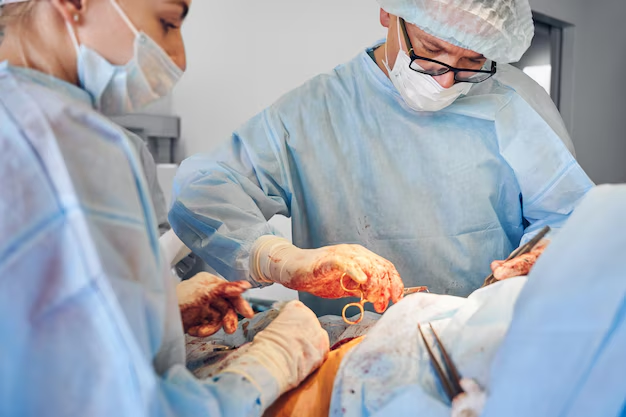When Should You Consider Cyst Removal? Signs and Symptoms
Cysts are common, fluid-filled sacs that can develop in various parts of the body, such as the skin, organs, and tissues. These sacs are usually benign, meaning they are non-cancerous, and are often harmless. However, cysts can sometimes lead to discomfort, pain, or cosmetic concerns depending on their size, location, and type. This can prompt individuals to seek medical intervention for relief and treatment for cyst removal.
The presence of a cyst might not always be noticeable, but as it grows, it can cause significant issues. For instance, cysts located on or near nerve pathways can cause pain due to pressure. Similarly, those in visible areas, such as the face or neck, might lead to self-consciousness and affect one’s self-esteem. Additionally, certain types of cysts can become infected, leading to further complications like swelling, redness, and increased pain.
Cyst removal is a straightforward and routine procedure carried out by healthcare professionals to alleviate these symptoms and prevent potential complications. The procedure aims to completely excise the cyst, including its wall, to minimize the risk of recurrence. This process not only provides immediate relief from any associated symptoms but also addresses any underlying cosmetic concerns, enhancing the individual’s quality of life.
In this blog, we will explore the different types of cysts that commonly occur, the reasons why removal might be necessary, the steps involved in the removal procedure, and what to expect during the recovery process. By understanding these aspects, individuals can make informed decisions about their health and treatment options. In this blog, we’ll delve into the types of cysts, the reasons for their removal, the procedure itself, and the recovery process.
Types of Cysts
Cysts can form in different tissues and organs, and some of the most common types include:
1. Epidermoid Cysts
- Location: Often found on the face, neck, and trunk.
- Characteristics: These epidermoid cysts are slow-growing and usually painless. They develop when surface skin cells move deeper into the skin and multiply rather than shedding normally. The trapped cells form a sac and produce keratin, which fills the cyst. Although generally harmless, they can become inflamed or infected, causing redness, pain, and discharge of a thick, yellowish material.
2. Sebaceous Cysts
- Location: Formed in sebaceous glands, typically on the face, neck, and torso.
- Characteristics: These cysts occur when a sebaceous gland, which produces oily matter (sebum) to lubricate skin and hair, becomes blocked. The blockage causes a sac to form and fill with sebum. Sebaceous cysts are usually slow-growing, non-painful, and mobile under the skin. However, they can become infected, leading to increased redness, swelling, and tenderness.
3. Breast Cysts
- Location: Fluid-filled sacs within the breast tissue.
- Characteristics: These cysts are often related to hormonal changes, particularly in women between the ages of 35 and 50. They can vary in size and may be tender, especially before menstruation. Breast cysts are usually benign, but they can cause concern due to their similarity to lumps associated with breast cancer. Regular monitoring and imaging tests like ultrasounds or mammograms can help distinguish them from more serious conditions.
4. Ovarian Cysts
- Location: Develop on or inside the ovaries.
- Characteristics: Ovarian cysts are fluid-filled sacs that can form during the menstrual cycle (functional cysts) or from other conditions (such as endometriomas or cystadenomas). They are often discovered during routine pelvic exams or imaging studies for other conditions. While many ovarian cysts are asymptomatic and resolve on their own, some can cause pelvic pain, bloating, and irregular menstrual cycles. In rare cases, they can lead to complications such as ovarian torsion or rupture.
5. Baker’s Cysts
- Location: Located behind the knee.
- Characteristics: Also known as popliteal cysts, Baker’s cysts are fluid-filled sacs that result from the accumulation of synovial fluid in the knee joint. They are often associated with joint conditions like arthritis or cartilage tears. Symptoms include swelling behind the knee, stiffness, and discomfort, especially when bending the knee. In some cases, a Baker’s cyst can rupture, causing the fluid to leak into the calf and leading to sharp pain and swelling.
6. Pilonidal Cysts
- Location: Found near the tailbone, at the top of the buttocks.
- Characteristics: These cysts typically occur in the cleft between the buttocks and are common in people who sit for prolonged periods, such as truck drivers or office workers. A pilonidal cyst often contains hair and skin debris. It can become infected, resulting in an abscess characterized by pain, redness, swelling, and drainage of pus. Infected pilonidal cysts may require drainage or surgical removal to prevent recurrence and manage the infection.
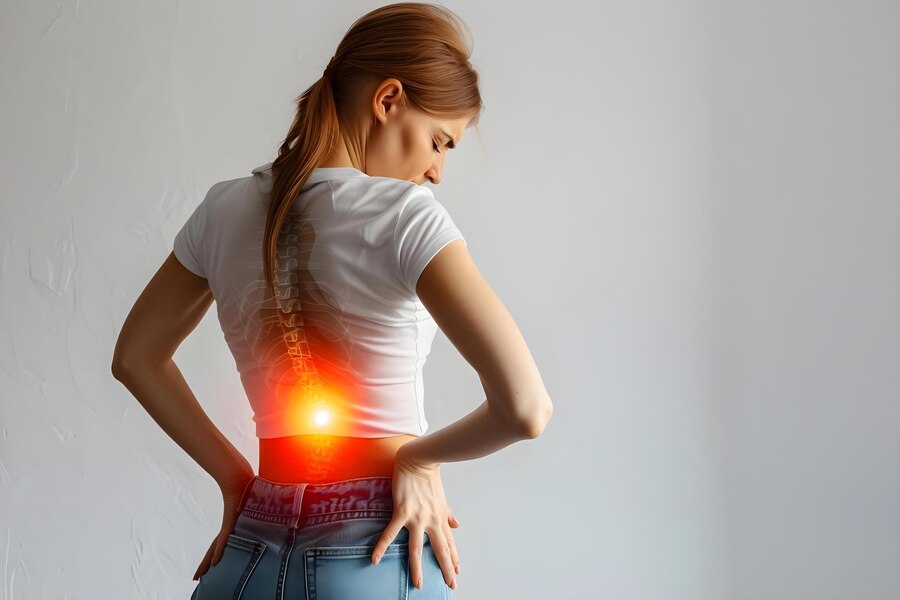
Reasons for Cyst Removal
While many cysts are harmless and may resolve on their own, several reasons may necessitate their removal:
1. Pain and Discomfort
Cysts that cause persistent pain or discomfort can significantly impact daily life. This is especially true if the cyst is in a location that is frequently irritated by movement or pressure, such as under clothing or near joints. Removing these cysts can provide immediate relief and improve quality of life by eliminating the source of pain.
2. Infection
Cysts can become infected, leading to symptoms like redness, swelling, tenderness, and sometimes fever. Infected cysts may require drainage to remove the pus and relieve pressure. In some cases, antibiotics are necessary. To prevent recurrent infections and more severe complications, complete removal of the cyst may be recommended.
3. Cosmetic Concerns
Cysts that develop in visible areas, such as the face, neck, or hands, can affect a person’s self-esteem and confidence. Even if the cyst is not causing physical discomfort, its appearance alone can be distressing. Removal of these cysts for cosmetic reasons can help improve self-image and emotional well-being.
4. Size and Growth
Some cysts can grow quite large or increase in size rapidly. Large cysts can cause physical deformities, restrict movement, or compress surrounding tissues and organs, leading to further complications. Removing these cysts can prevent such issues and ensure that they do not interfere with bodily functions.
5. Diagnostic Uncertainty
Occasionally, it can be challenging to determine whether a growth is benign or malignant based solely on initial examinations and imaging studies. In these cases, removing the cyst allows for a thorough pathological examination to rule out cancer. This is particularly important for cysts that have irregular shapes, fast growth, or other suspicious characteristics.
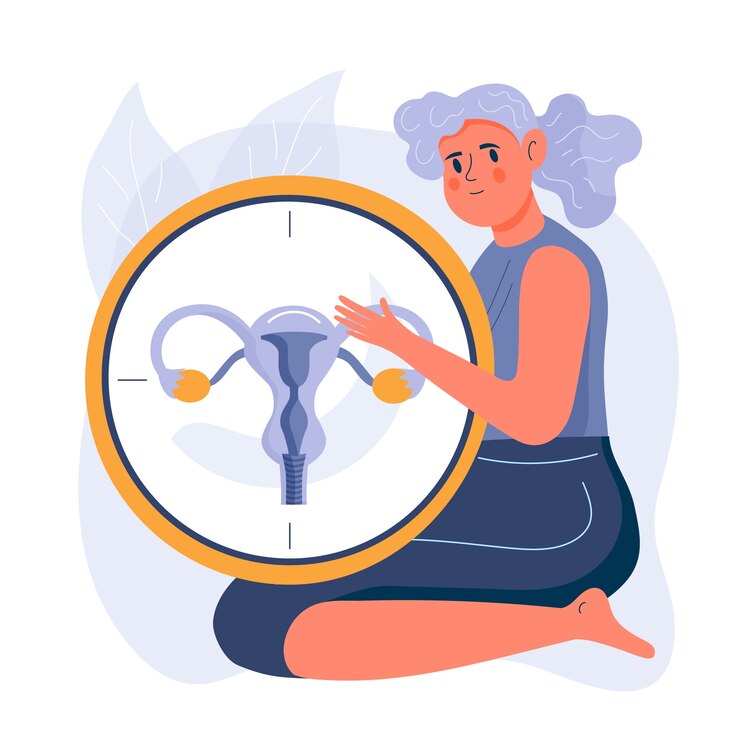
The Cyst Removal Procedure
Cyst removal is typically an outpatient procedure, meaning patients can go home the same day. The specific method used depends on the type, size, and location of the cyst. Here’s a general overview of the procedure:
Consultation
The first step involves a thorough examination and discussion with a healthcare provider to determine the need for removal. During the consultation, the healthcare provider will assess the cyst, discuss the patient’s symptoms, and review their medical history. This helps to ensure that cyst removal is the appropriate course of action and to plan the best approach for the procedure.
Preparation
Before the procedure begins, the area around the cyst is cleaned and sterilized to minimize the risk of infection. Local anesthesia is then administered to numb the site, ensuring the patient remains comfortable and pain-free during the removal. For larger or more complex cysts, sedation or general anesthesia might be considered.
Incision and Removal
Once the area is numb, a small incision is made over the cyst. The surgeon carefully dissects the cyst from the surrounding tissue and removes it along with its contents. For some cysts, it is crucial to remove the entire cyst wall to prevent recurrence. Depending on the cyst’s location and size, this step can vary in complexity and duration.
Closure
After the cyst has been removed, the incision is closed with sutures or surgical glue. The choice of closure method depends on the size and location of the incision, as well as the surgeon’s preference. A sterile dressing is then applied to protect the wound and promote healing.
Post-Procedure Care
Patients receive detailed instructions on how to care for the wound post-procedure. This typically includes keeping the area clean and dry, changing dressings as directed, and avoiding strenuous activities that could stress the incision site. Patients are also advised on signs of infection to watch for, such as increased redness, swelling, warmth, or discharge from the wound. Pain management recommendations, such as over-the-counter pain relievers, may also be provided.
In most cases, follow-up appointments are scheduled to monitor the healing process and remove sutures if necessary. Proper post-procedure care is essential for a smooth recovery and to minimize the risk of complications.
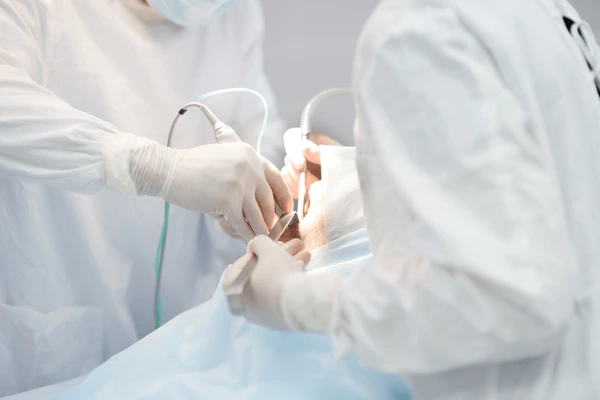
Recovery and Aftercare
Recovery from cyst removal is generally quick and uncomplicated, but it depends on the cyst’s size and location. Here are some key points for aftercare:
Wound Care
Keeping the wound clean and dry is crucial to prevent infection and promote healing. Follow your healthcare provider’s instructions on how to care for the wound. This typically involves changing the dressings as recommended and avoiding getting the area wet. If you have stitches, you may need to keep the wound covered until they are removed or dissolved.
Pain Management
Over-the-counter pain relievers, such as ibuprofen or acetaminophen, are usually sufficient to manage any post-procedure discomfort. Take these medications as directed by your healthcare provider. If pain persists or worsens, contact your doctor for further advice.
Activity Restrictions
Avoid strenuous activities that could stress the incision site and interfere with the healing process. This includes heavy lifting, vigorous exercise, and any movements that might stretch or put pressure on the wound. Follow your doctor’s advice on when it is safe to resume normal activities, which is typically a few days to a week after the procedure.
Monitoring
It’s important to watch for signs of infection, which can include increased redness, swelling, warmth, or discharge from the wound. If you notice any of these symptoms, or if you experience fever or severe pain, contact your healthcare provider immediately. Early intervention can prevent more serious complications.
Follow-Up
Attend any scheduled follow-up appointments to ensure proper healing and address any concerns. During these visits, your healthcare provider will check the wound, remove any stitches if necessary, and provide further instructions for care. Follow-up appointments are also an opportunity to discuss any questions or issues you may have regarding the recovery process.
Potential Complications
While cyst removal is generally safe, like any surgical procedure, it carries some risks, including:
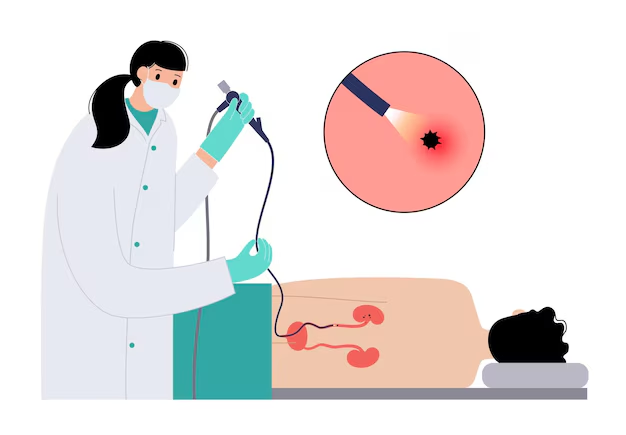
Infection
Although proper wound care minimizes the risk of infection, it is essential to be vigilant for any signs of infection. Symptoms to watch for include increased redness, swelling, warmth, or discharge from the wound. Early detection and treatment are crucial to prevent more serious complications.
Scarring
Some degree of scarring is inevitable after cyst removal surgery, but its appearance can be minimized with proper care. Using treatments such as silicone gel or sheets can help reduce the visibility of scars. Following your healthcare provider’s instructions for wound care and avoiding activities that might stretch or stress the scar can also aid in achieving the best possible cosmetic outcome.
Recurrence
Although removing the entire cyst wall reduces the risk of recurrence, some cysts may still return. Factors such as the cyst’s type, location, and underlying causes can influence the likelihood of recurrence. Regular monitoring and follow-up with your healthcare provider can help manage and address any returning cysts promptly.
Cyst removal is a common and generally straightforward procedure that can provide relief from pain, discomfort, and cosmetic concerns. If you suspect you have a cyst or are experiencing symptoms related to one, consult a healthcare provider to discuss the best course of action. With proper medical care and aftercare, most patients recover quickly and with minimal complications, enjoying an improved quality of life.
If you have any concerns about cysts or the cyst removal procedure, do not hesitate to seek professional medical advice. Early intervention and appropriate treatment can make a significant difference in your health and well-being. It’s crucial to consult with a healthcare provider like BR Healthcare which specializes in cyst removal in Rohini.

